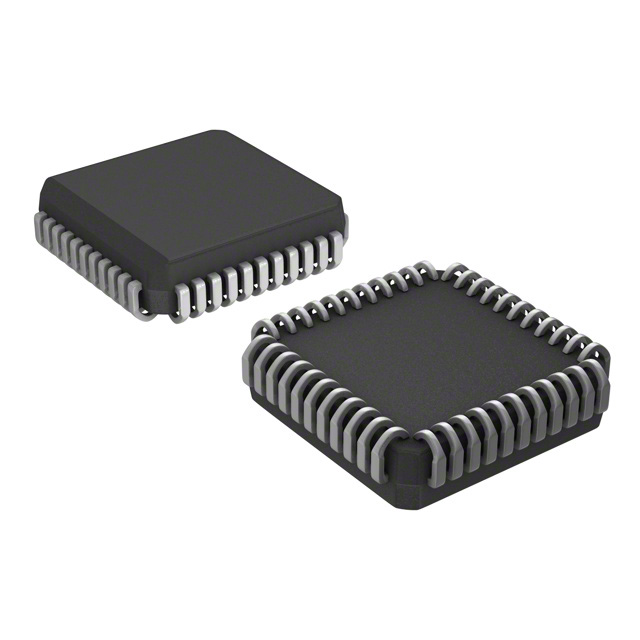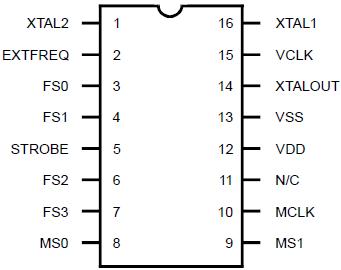ICS2495: Features: · Low cost - eliminates need for multiple crystal clock oscillators in video display subsystems· Mask-programmable frequencies· Pre-programmed versions for Industry Standard VGA chips· Gli...
floor Price/Ceiling Price
- Part Number:
- ICS2495
- Supply Ability:
- 5000
Price Break
- Qty
- 1~5000
- Unit Price
- Negotiable
- Processing time
- 15 Days
SeekIC Buyer Protection PLUS - newly updated for 2013!
- Escrow Protection.
- Guaranteed refunds.
- Secure payments.
- Learn more >>
Month Sales
268 Transactions
Payment Methods
All payment methods are secure and covered by SeekIC Buyer Protection PLUS.

 ICS2495 Data Sheet
ICS2495 Data Sheet








